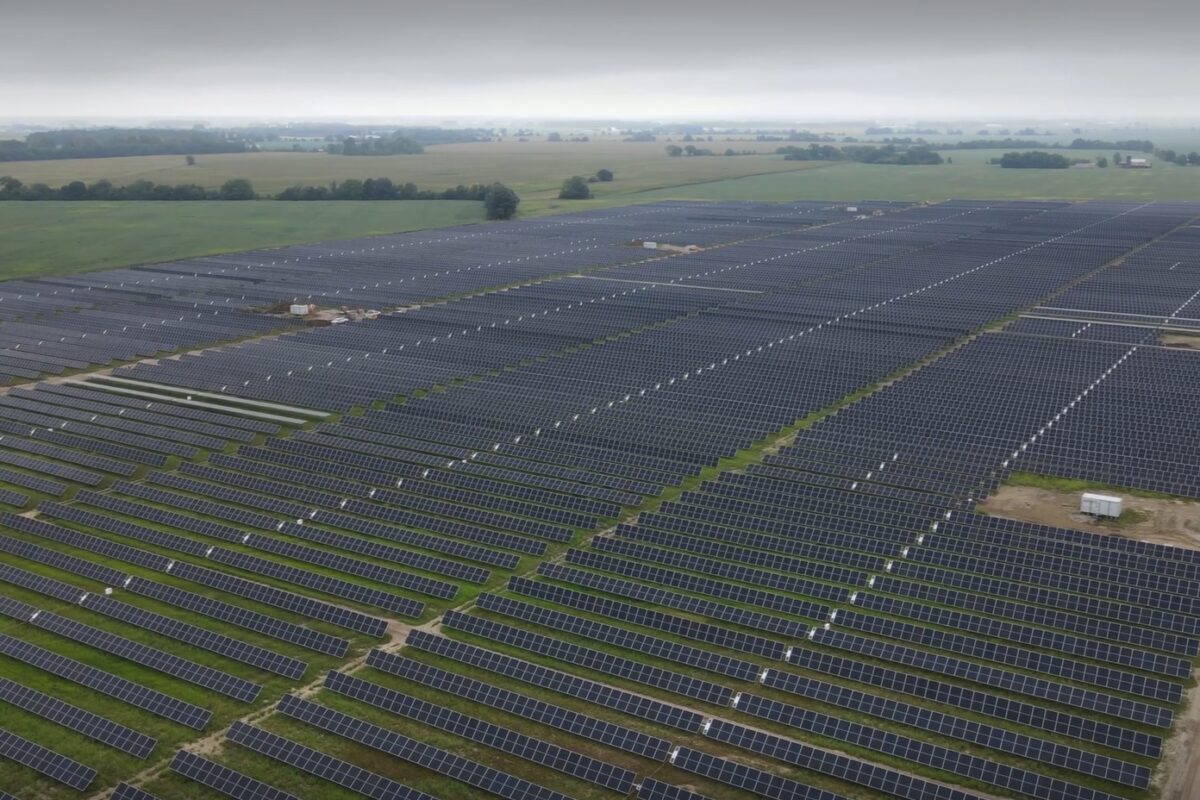The monthly energy infrastructure update from the Federal Energy Regulatory Commission (FERC) shows solar accounted for nearly 80% of capacity additions in May, continuing its dominance of new-build generation.
The Federal Energy Regulatory Commission (FERC) released its Energy Infrastructure Update through May 2024. The report tracks the interconnection of new sources of generation to transmission grids nationwide.
In May the U.S. added 3,189 MW of new generating capacity. The solar industry added 78.9% of this total, bringing 2,517 MW of new solar assets online. This was followed far behind by wind (277 MW), hydropower (211 MW), and natural gas (184 MW).
Cumulatively in 2024 through May, solar led the way in capacity additions, bringing online 10,669 MW, or about 74% of the total 14,435 MW added across all technologies. Over the same period wind added 2,095 MW, nuclear 1,100 MW and natural gas 348 MW.
Looking at the total actively installed and operational assets across technologies, the United States has 1,296 GW of electric generation capacity. Natural gas is by far the energy mix leader, representing 43% of the total. This is followed in order by coal (16%), wind (12%), and solar, which now represents nearly 9% of the total energy mix. Solar has surpassed nuclear energy as an electricity source, which supplies about 8% of U.S. electricity.
Looking ahead, FERC expects solar to continue to play a dominant role in grid additions. For high-probability additions from June 2024 through May 2027, FERC expects about 90 GW of solar, 24 GW of wind, and 14 GW of natural gas, with other technologies adding less than 1 GW. Additionally, about 17 GW of natural gas capacity and 18 GW of coal is expected to be retired over the period.
Popular content




